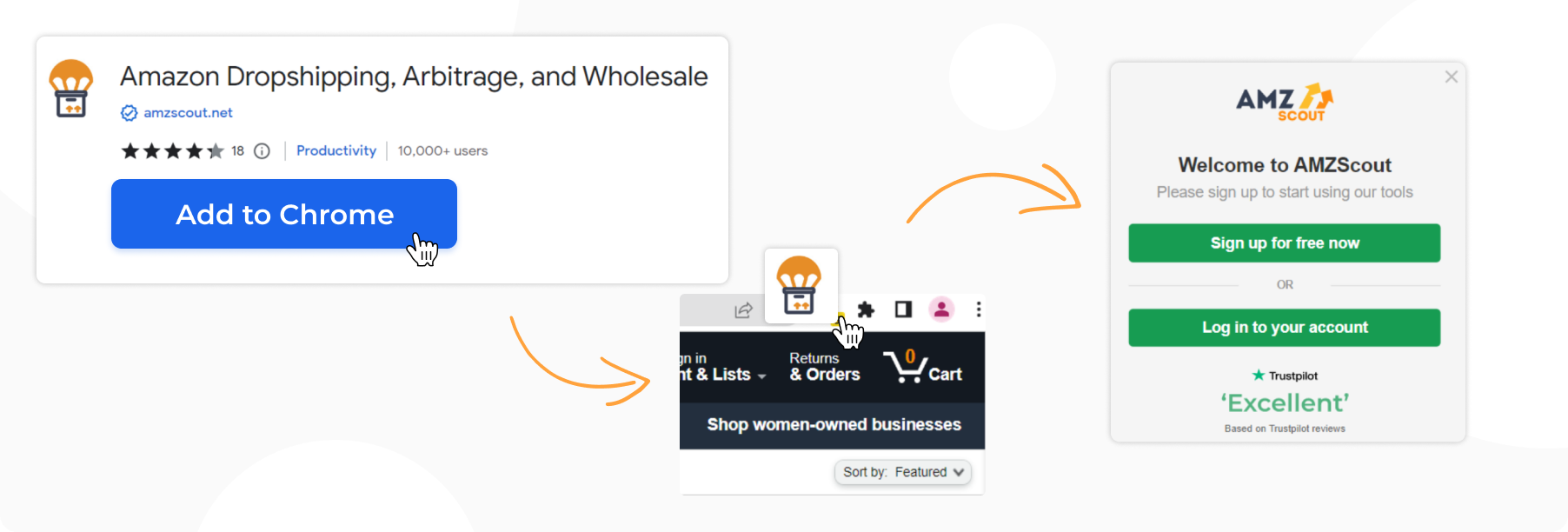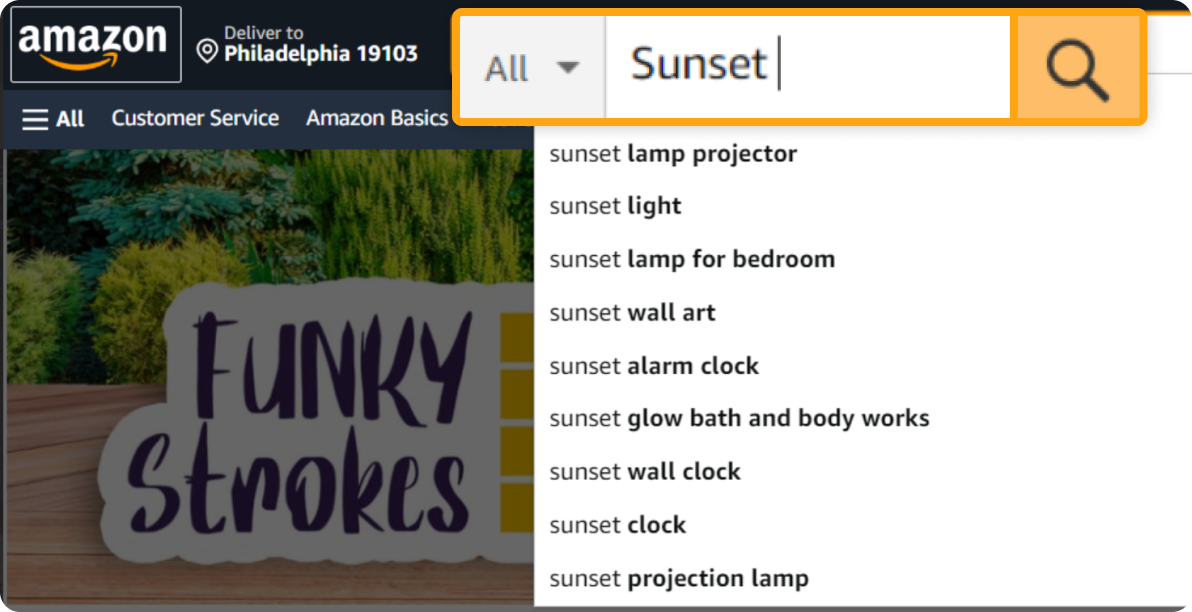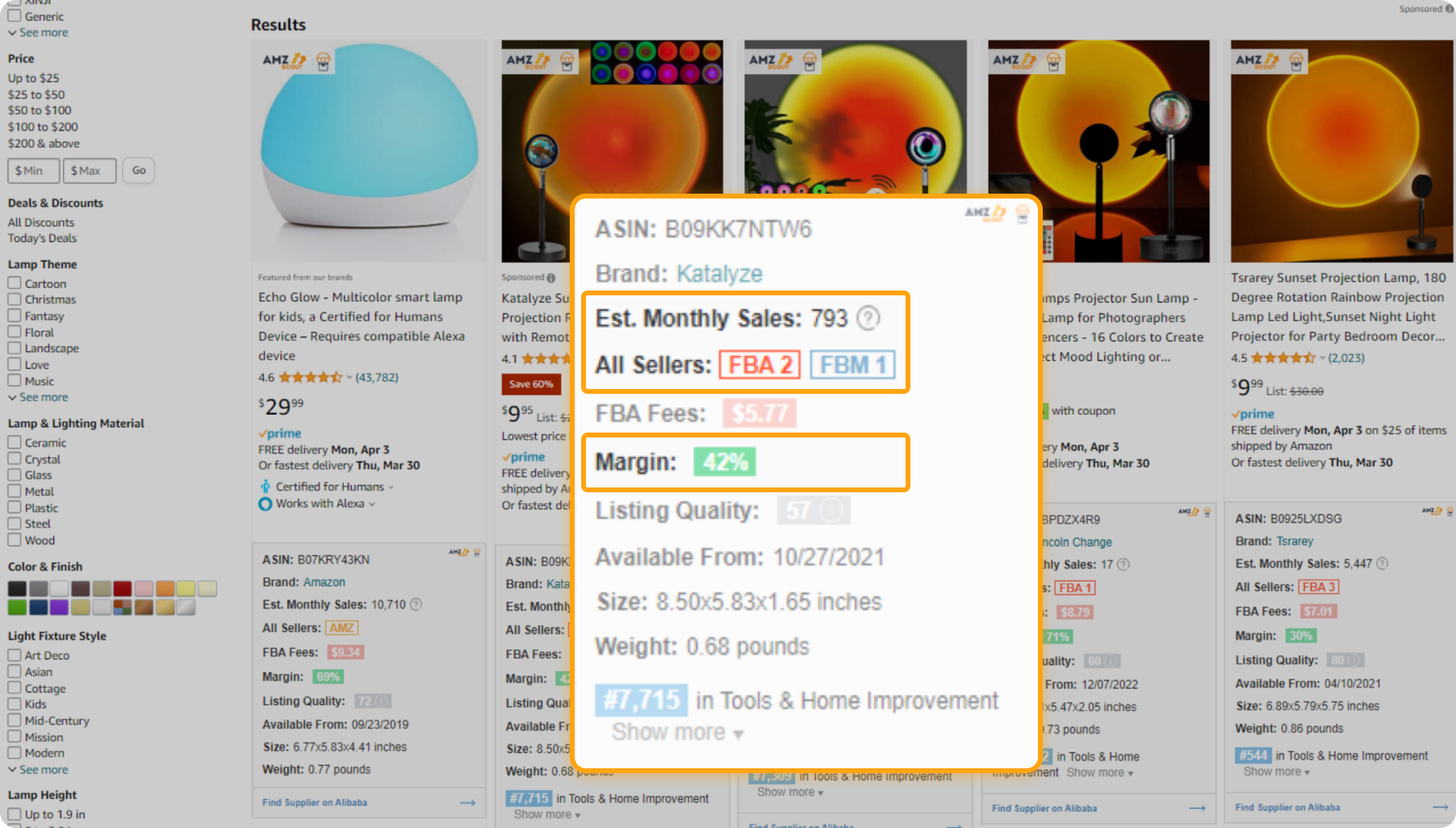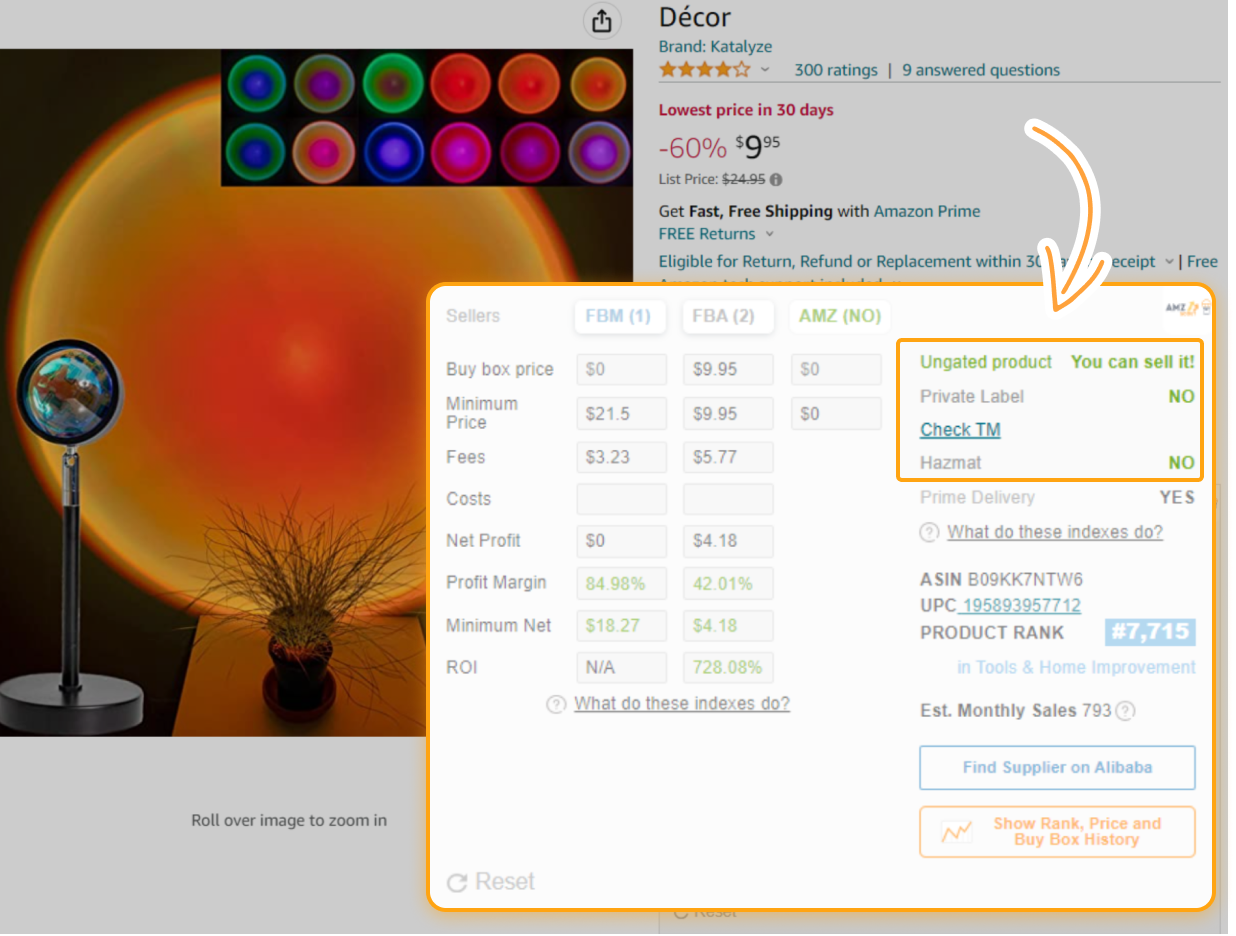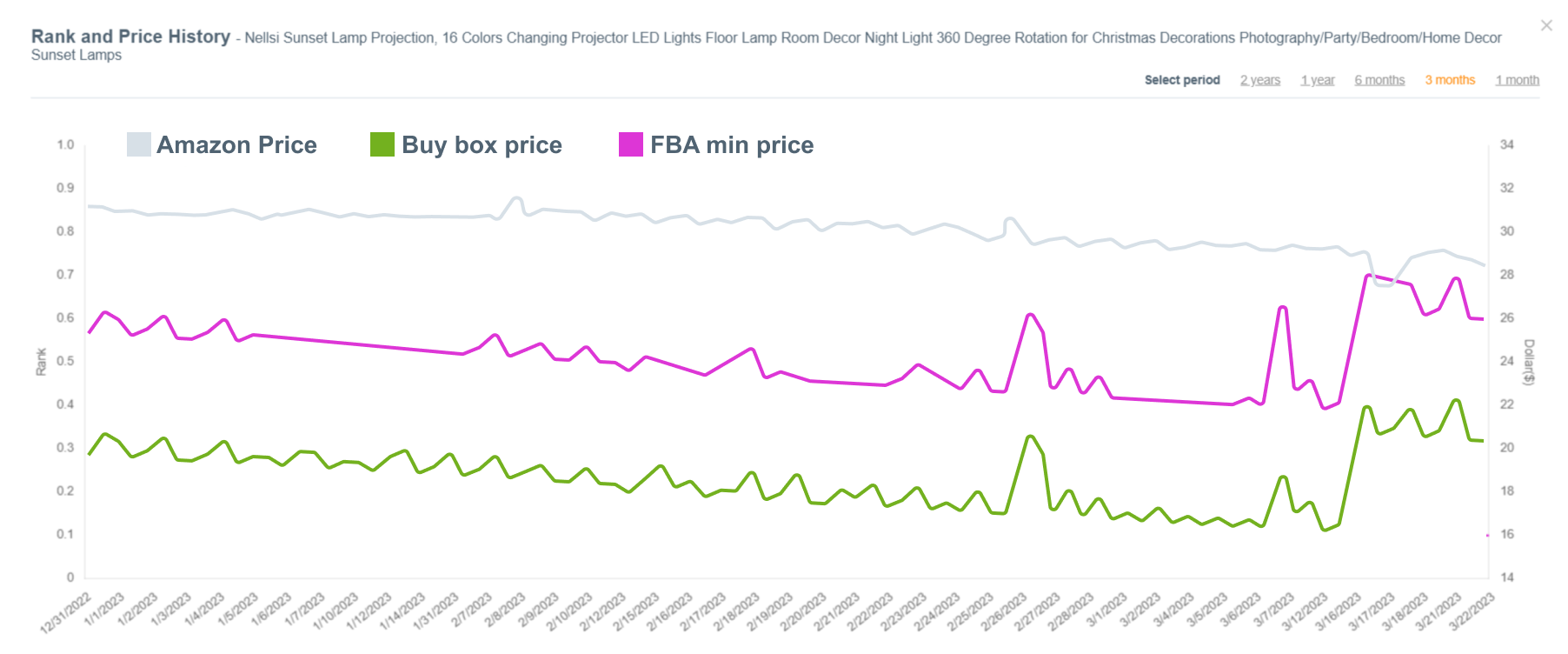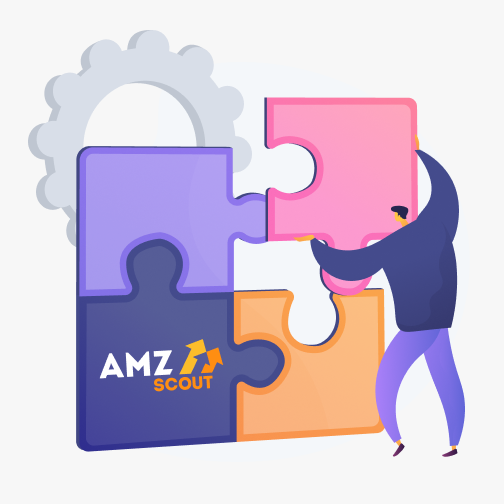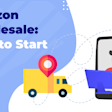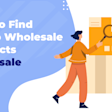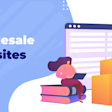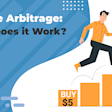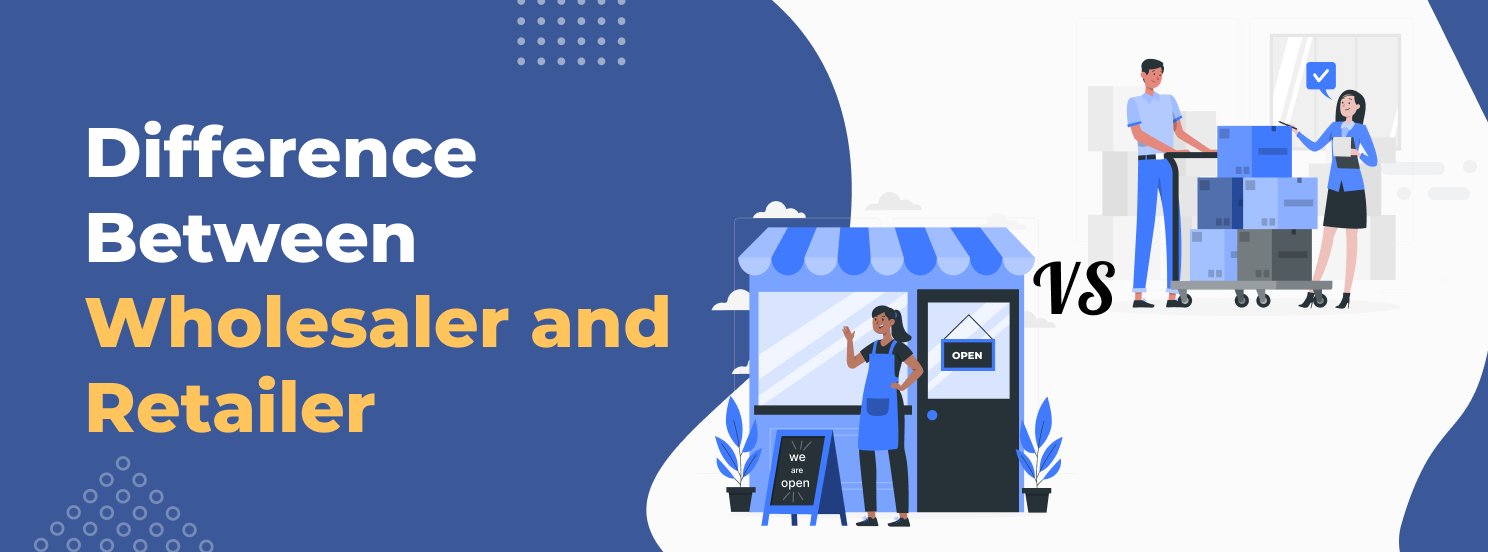
Wholesaler and Retailer: The Top 10 Functional Differences
Selling goods involves many different people working at various stages of the process, and each of these plays a role when it comes to getting products from the manufacturer to the people who buy them. Wholesale and retail are two major players in this process.
Table of contents
In the following article, we will explore how these two models work, highlight their differences, and define factors to consider when selecting the right model for your business as you enter the market.
Understanding Wholesale and Retail Businesses
Let's start by considering the definitions of the wholesale and retail models.
What is Wholesale?
Wholesale refers to the process of purchasing goods in large quantities from manufacturers or producers and selling them to retailers, businesses, or other bulk buyers at a discounted price. Wholesalers act as intermediaries between producers and retailers.
What is Retail?
In contrast, the retail business model involves the direct sale of goods to individual consumers, typically in smaller quantities. Retailers engage consumers through various paths, which may include physical brick-and-mortar stores, online platforms, or a combination of both. Their main aim is to make sure people can easily buy products at the same price they see in stores. This price covers not just the product's cost, but also the money the store makes and any extra services or values you get with it.
What’s the Difference?
Depending on the names of various businesses, the people involved in them are called wholesalers and retailers. In short, the difference between a wholesaler and a retailer can be briefly summarized in terms of the volume of inventory purchased, and the nature of the interactions with the end consumer.
First, let's dive into these differences in greater detail.
The Primary Functions of a Wholesaler
Wholesalers’ operations are centered around the function of streamlining the flow of goods within the supply chain. They guarantee the seamless delivery of products to retailers and businesses. Here are the main wholesaler functions:
Bulk Purchasing: Wholesalers buy products in large quantities, often directly from manufacturers. This allows manufacturers to focus on production while wholesalers handle the distribution process.
Warehousing: Wholesalers typically have large warehouses where they store the products they purchase. This enables them to provide a consistent supply to retailers and other buyers.
Distribution: Wholesalers are responsible for distributing products to various retailers and businesses. Their role involves transportation and logistics management.
Bulk Selling: Wholesalers sell products in large quantities to retailers or other buyers, but these quantities are still smaller than they bought. Wholesalers also offer discounts for bulk purchases, meaning retailers can procure goods at a lower price. However, this price will still be slightly higher than the original, which contributes to their profit.
Relationships: Wholesalers often build strong relationships with manufacturers and retailers. They bridge the gap between producers and end consumers.
The Main Functions of a Retailer
The functions performed by retailers include a lot more than just selling products. Ranging from direct interactions with customers to making strategic choices about pricing, retailers play a central role in shaping the overall shopping experience. Let’s explore the key duties encompassed by the definition of a retailer:
Selling to Consumers: Retailers are the final link in the distribution chain, providing consumers with access to products. They operate a variety of selling channels, including both physical and online shops.
Customer Interaction: Retailers engage directly with consumers by assisting them with product selection, providing information, and offering a convenient and satisfying shopping experience.
Inventory Management: Retailers are responsible for managing their inventory in order to meet consumer demands. Techniques like demand forecasting and inventory optimization are employed to help maintain stock levels.
Marketing and Branding: Retailers often engage in marketing and branding efforts to help them attract consumers. This enables them to create a welcoming environment in their online or offline shop that appeals to their target audience.
Pricing: Retailers set the final price for the products they sell, which takes into account their profit margin, transportation costs, taxes, employee salaries, and any expenses related to rent and promotion.
Selling on Amazon with Wholesale vs. Retail Model
One of the best places to begin selling products is Amazon, which provides sellers with various approaches to selling. However, before delving into the world of Amazon sales, it's essential to distinguish between the definitions of wholesale and retail on this platform, as their meanings will differ slightly as compared with the traditional ones.
How does an Amazon Wholesale Business Work?
Amazon's wholesale model involves purchasing branded products from a manufacturer or a distributor. These products are either stored in the seller’s own inventory or sent to an Amazon warehouse. The advantage of this approach is that products already have stable demand. The downside of this option is that you need to get approval from the brand.
If your product is already being sold on Amazon, you can join an existing product listing. Then, you begin competing with other sellers for a Buy Box, through which Amazon users make purchases. A Buy Box seller is selected from the eligible sellers in the listing on the basis of Amazon's specific algorithms.
To be a Buy Box-eligible seller, it’s important to follow certain criteria that typically include setting a competitive price, ensuring fast delivery, offering 24/7 customer service, and maintaining a low order defect rate.
How Does Amazon Retail Arbitrage Work?
Retail arbitrage on Amazon focuses on profiting from price differences. When a customer places an order, the seller purchases a product from retail stores (either online or offline) at a lower price and ships it to the customer.
How to Start a Wholesale or Retail Business on Amazon
Whether you're interested in doing wholesaling or retailing, starting a business on Amazon requires careful planning. No matter which sales model you choose, the first step is selecting the right product. However, keep in mind that your search criteria for the right product to sell will be different.
With wholesale, sellers usually look for products from well-known brands that are already being sold by several sellers.
For arbitrage, sellers tend to seek products primarily based on the difference between Amazon’s price and the price from another shop.
Conducting in-depth market research is essential in order to spot trends, assess demand, and understand your competition.
To help you find a product that will bring you maximum profits for your retail or wholesale business, you can use the Amazon Dropshipping, Arbitrage, and Wholesale Tool.
Here's a step-by-step guide:
1. Install the Amazon Dropshipping, Arbitrage, and Wholesale Extension in your browser.
2. Start your free trial. Create an account on AMZScout. There’s no need to provide any credit card information.
3. Browse Amazon for product ideas. Head over to Amazon and start searching for a niche. You can explore:
Niches or categories that interest you
Examples of trending products on other marketplaces or in offline stores
Items offered by your suppliers or distributors
4. Select and prioritize your product ideas. While scrolling through Amazon's search results, pay attention to the data displayed near each product. The Online Arbitrage, Wholesale, and Dropshipping Extension will provide you with information about:
Profit margins and potential earnings (pay close attention to products with a margin over 50%).
Amazon fees that you'll need to pay to the marketplace for selling this product or using FBA.
Types of sellers (if Amazon is selling this product, competition will be high, and you'll have fewer chances to win the Buy Box - it’s better to consider products with FBM and FBA sellers).
Number of sales. This figure will help you understand whether the product is in demand on the market.
5. Identify the most promising products. To review each product further, visit its page. You'll see an integrated window with important information about the product. It might be challenging to sell items that are private label, gated, or hazardous.
You can find additional information about products that are tricky to sell below this section.
6. Review the historical data of a product. After narrowing down your list of products, explore more information about each item. The Price History and Buy Box Price History charts will display price fluctuations, helping you develop the best pricing strategy.
7. Determine your potential profit with the calculator tool. Enter your costs per product into the specified fields in the calculator. They may include the following:
Shipping costs (provided by your supplier or shipping provider).
Advertising costs (calculated based on Amazon PPC bids and profit margins).
Other expenses (such as third-party tools, subscription costs for automated services, etc.).
The app will calculate sales margins using this data. You'll see the approximate Profit Margin, Minimum Net, and ROI results. Review them carefully to determine whether the item is profitable to sell.
Other Factors to Consider When Analyzing a Product
Several factors can influence how easy it is to resell a product on Amazon. You can use AMZScout's Online Arbitrage and Dropshipping Extension to help you assess these criteria:
If the product is from a Private Label: Private Label means the product is sold by only one merchant who has brand registry rights. Sourcing this product for Dropshipping or Online Arbitrage is likely to be impossible, since someone else owns it.
If the product falls into a gated category or contains hazardous materials (hazmat): Reselling these types of products can be challenging, as they require additional certificates or approval from Amazon.
If the product offers Prime delivery: If you don’t use FBA, focus on products without Prime delivery to avoid the need for fast shipping.
In conclusion, it might be difficult or even impossible to sell the above types of products if you have little or no Amazon sales experience. They demand additional time and effort, often resulting in financial loss.
Advantages of Retail vs. Wholesale
Let’s review the advantages of the retail and wholesale models to make it easier for you to understand which business model suits you best.
Advantages of Wholesale
Now, we’ll discuss the key benefits of wholesale operations, from scalability to profit margins:
Easy Scalability: Wholesale operations can be easily scaled up by increasing the volume of products purchased and sold. This allows businesses to grow their operations without significant restructuring.
Higher Profit Margins: Wholesale operations often enjoy higher profit margins compared to retail due to bulk purchasing and favorable pricing negotiations.
Minimal Marketing Efforts: Since wholesalers mainly sell to retailers and businesses, there’s usually no need for extensive marketing efforts targeted at end consumers, saving valuable time and resources.
Wholesalers on Amazon also don't need to advertise much, because they sell popular brands with a solid history of sales and reputation.
Considering these advantages, companies can easily move through the competitive business environment and achieve long-lasting success in the marketplace.
Advantages of Retail
Retailers hold a notable advantage in their ability to independently shape their product offerings based on market demand. Here are the main benefits of owning a retail business:
Independence from Manufacturers: Retailers have the flexibility to curate their trade without needing direct approval from manufacturers. This independence allows them to respond more quickly to market trends and customer preferences.
Outsourced Warehousing: Retailers can opt for third-party logistics (3PL) services to handle storage, inventory management, and shipping of their products. This reduces the need to maintain their own warehouses and minimizes operational complexities and costs.
Dynamic Pricing: Retailers have the ability to adjust their prices based on market demand, competition, and other factors. This flexibility allows them to optimize their profits and react swiftly to changes in the business environment.
However, it's also important to understand that the price of a product can only be flexible up to a certain point, as retailers are still tied to the purchase price, logistics costs, and many other factors.
As you can see, a retailer’s ability to adapt to evolving consumer preferences and supply small purchase amounts sets them apart in the competitive market.
Conclusion
The choice between wholesale and retail models depends on your financial capabilities and business goals. Wholesale requires significant initial capital and logistical infrastructure, and involves more employees. Retail, on the other hand, is at the level of a small business and can even serve as a side hustle.
Sellers who use both the retailer and wholesaler business model need to make informed decisions about their search for the right product and pricing. Understanding these two main business models and their advantages can lead to significant profits.
